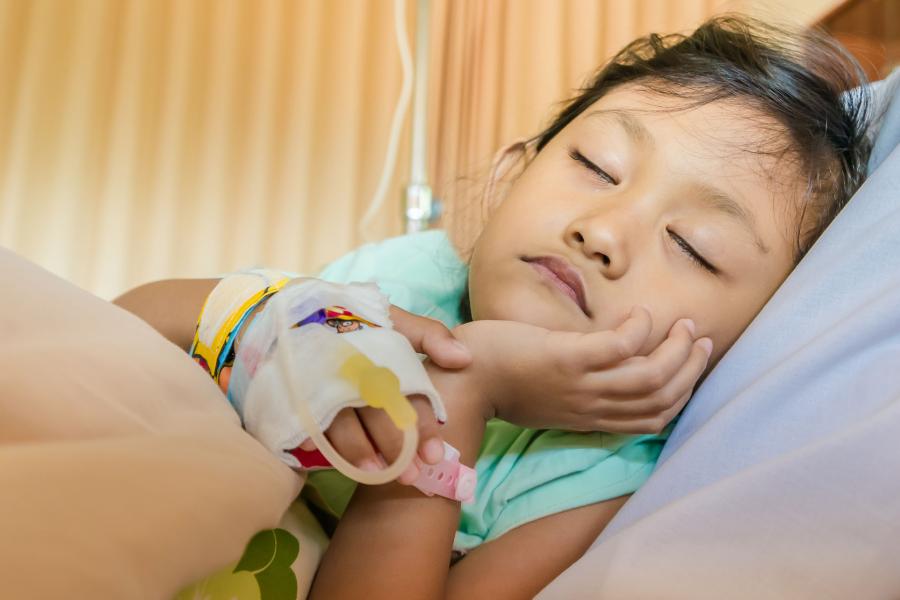Treatments & Procedures
For information about a range of treatments, procedures and operations such as having tonsils and adenoids removed, grommets inserted, and anaesthetic. If your child is having a procedure, you might also find the section Coping with treatment and hospital useful.

Copyright: ampyang / 123RF Stock Photo